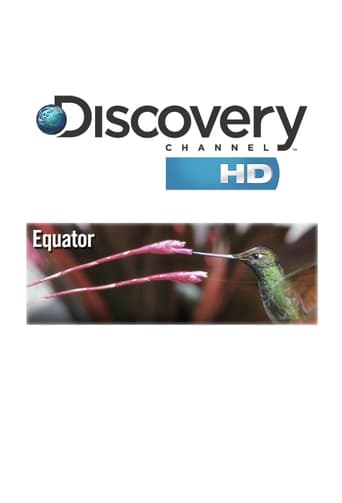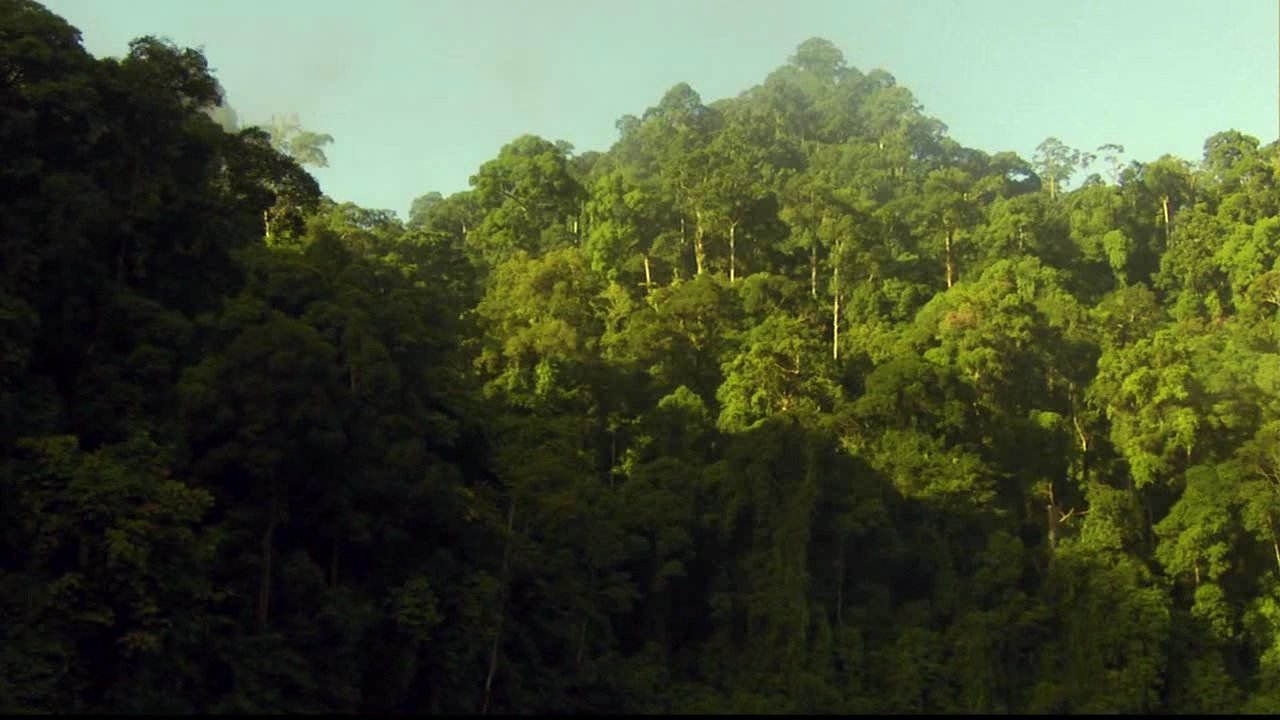
1 Сезон
6 Епізод
Equator - Season 1 Episode 4 Серія 4
The Indonesian archipelago in the Indo-Pacific Ocean comprises thousands of islands, atolls and the largest concentration of coral reefs in the world. This rich and varied environment is a product of a unique set of natural circumstances. The equatorial sun powers ocean currents among the tiny dots of land. Where the archipelago meets the western tip of New Guinea an intersection of ocean currents creates perhaps the world's richest reefs in the region of the Rajah Ampat Islands. A coral reef houses a myriad of colours, shapes and patterns: from the bulb tentacle anemone which protects, and in turn is protected by, the brightly coloured clownfish; to the multi-branched gorgonian, home of the tiny pygmy seahorses. Coral animals have tiny symbiotic plants living within their tissues. Brought together by sunlight, it is one of the most powerful biological partnerships on earth. Young coral ingest free-swimming algae, but because of some ancient genetic signal, the algae are not eaten. Instead the coral wraps the tiny plants in membrane and moves them to tissues exposed to light. The algae are nourished and in response produce sugars that both they, and the coral, consume increasing the corals growth rate. Coral is far from a passive inhabitant of the ocean and once a year many species combine for an event that is both spectacular and of scientific intrigue. A mass spawning, which usually occurs during a full moon, provides not only a breeding opportunity, but also inter-breeding between coral species. It is this ease and adaptability of hybridization that is leading scientists to re-examine the most basic elements of what comprises a species.



 "
" "
"








